בין החוּם ליָרוק: נאציזם, שואה, אקולוגיה /
בעז נוימן
במהלך שנות התשעים של המאה העשרים התפתח תחום מחקר חדש ומפתיע שטווה קשרים בין התנועה הנאצית לבין התנועה הירוקה. היסטוריונים ביקשו לבחון אם במפלגה, בתנועה ובמשטר הנאציים היו אלמנטים ירוקים. כותרתו של אחד הספרים הבולטים בתחום היה How Green Were the Nazis?, והשאלה האם הנאצים היו ירוקים, אם כן, לכאורה כבר הוכרעה לחיוב.
בפרק הראשון של המאמר נדונה סוגיית הקשר האפשרי בין התנועה הנאצית לתנועה הירוקה. הוא בודק אם אפשר לראות בשואה לא רק פרויקט אידיאולוגי, פוליטי, חברתי-כלכלי, אתני וגזעי, אלא גם פרויקט אקולוגי. בהקשר זה אקולוגיה מוגדרת באופן רחב הן כראיית עולם והן כפרקטיקה, על סמך הגדרת המושג במאה התשע-עשרה. הפרק השני בוחן את האפשרות לראות באקולוגיה פרדיגמה ומתודולוגיה שבאמצעותן אפשר לקדם את חקר השואה. בפרק השלישי נדונה האפשרות לראות בשואה אקו-סייד (ecocide) – רצח של עולם. לאור דיון זה מוצג בפרק הרביעי והאחרון הקשר בין תופעת הנאציזם בכלל והשואה בפרט לבין הדיסציפלינה האקולוגית, המוגדרת ככלל הידע והפרקטיקה המתייחסים לסביבה.


